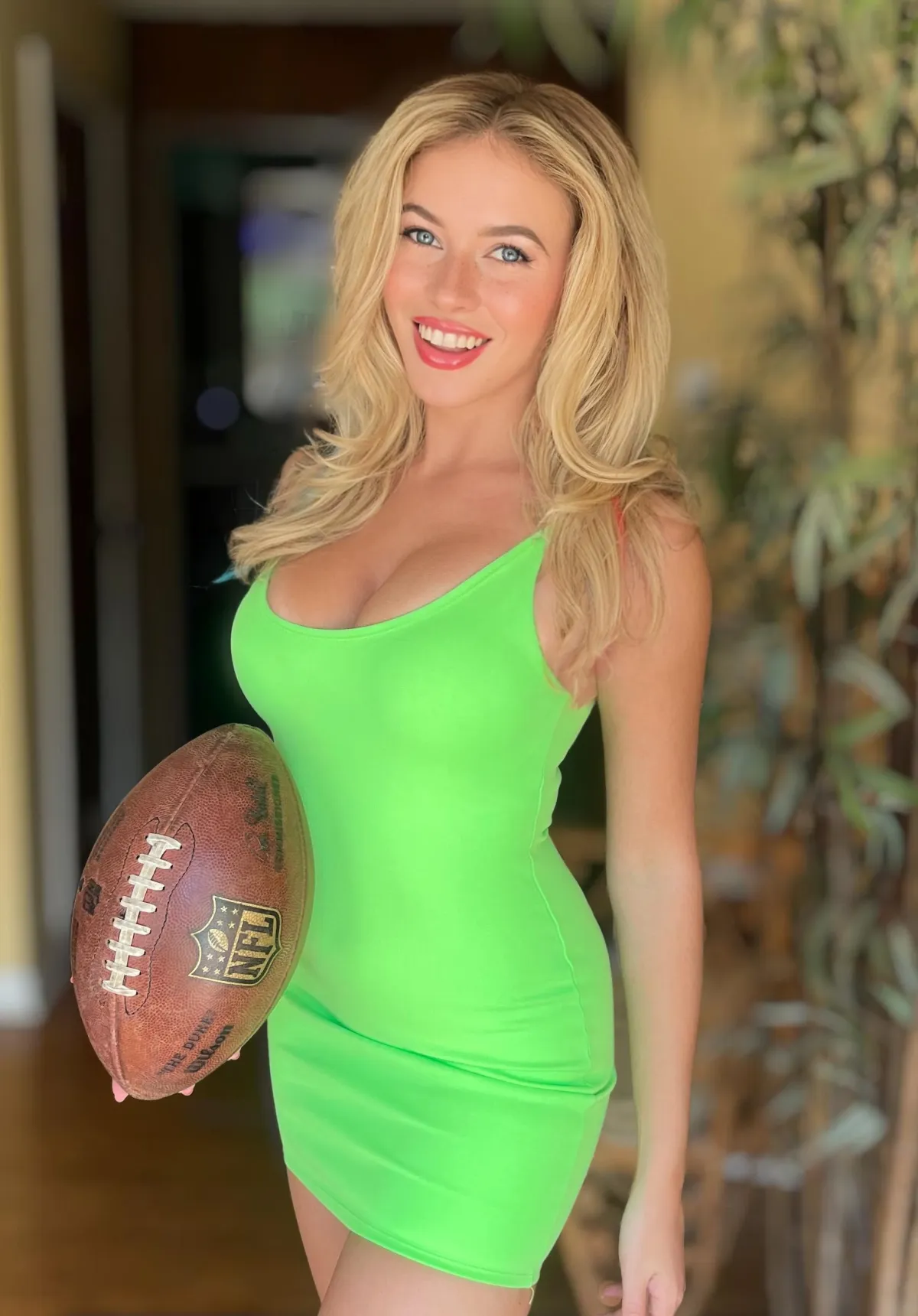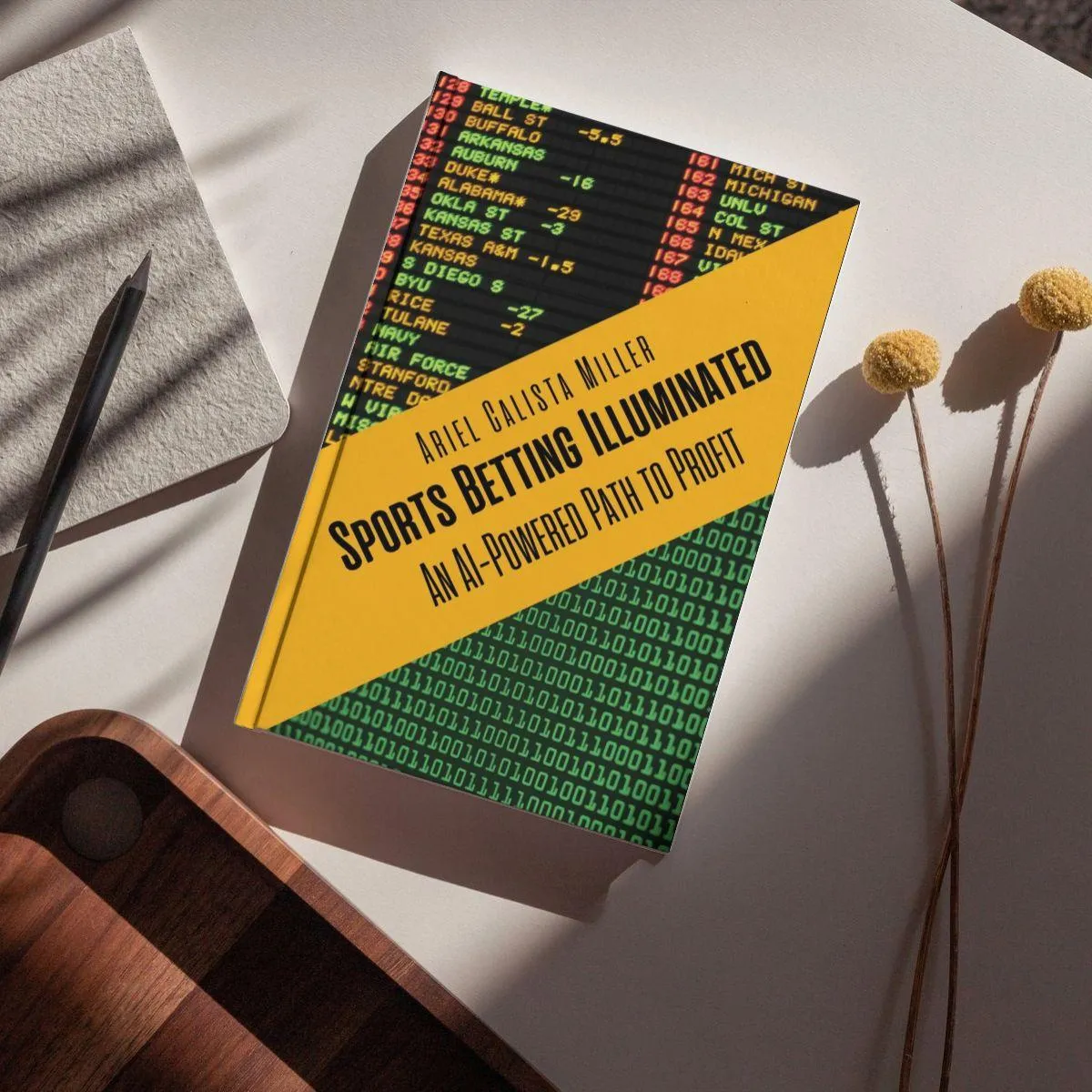Sports as Market Science
My Journey
Growing up in a casino family in Las Vegas, sports have always been more than entertainment for me. They’re a market, a data problem, and a living system. From my early streaming days—armed with curiosity and a mic—to building equilibrium-based betting models rooted in economic theory, I’ve treated sports like any other complex market.
My great-grandmother, Ester Katz Engel, was one of the four original investors in the Moulin Rouge, the fifth hotel-casino ever built in Las Vegas, at a time when women were forbidden from even having their own bank accounts. She originated the Vegas-style showgirl revues and championed desegregation, making the Moulin Rouge the first hotel-casino to welcome all races, while old Vegas was largely a Jim Crow town.
My grandfather, Jerry Engel, carried that same spirit working as the only CPA in Vegas when the town only had one traffic light. Grandpa was universally trusted by casino owners, entertainers, mob figures, and legitimate business leaders who were literally building an empire in the desert.
And my mom continued that entrepreneurial legacy in her own way, founding Say Cheesecake, a bakery that supplied cheesecakes and pastries to hotels, casinos, and even the World Poker Tour. Her work kept her at the center of the Strip’s hospitality scene, blending old-world recipes with the high-rolling culture of Las Vegas.
That entrepreneurial DNA shaped my own path. My journey naturally turned to sports as a market to study and solve. From my early streaming days to publishing a book on sports wagering, to building AI and ML Nash Equilibrium-based betting models rooted in economic theory, I’ve always treated sports like any other complex market: dynamic, data-driven, and shaped by human behavior. The same way my grandfather saw numbers behind the neon lights, I see probabilities, inefficiencies, and equilibrium behind the scoreboard.


The Book That Changed the Conversation
When I published my Amazon gambling best-seller Sports Betting Illuminated: An AI-Powered Path to Profit, I didn’t promise insider secrets or locker room gossip. I showed how Game Theory, AI, and equilibrium-based market analysis could outperform traditional “expert picks” by an order of magnitude. I didn’t know who was limping in practice or who had locker room drama—but I did know how to find pricing inefficiencies and risk misalignments. That edge made all the difference.
And here’s the part that matters to me most: you don’t have to live and breathe sports to see the opportunity here. I’m a woman in a space that often looks like a boys club, and what I found is a powerful financial tool that works like any real investment—built on discipline, data, and strategy. You don’t need to memorize rosters or hang out at the bar to belong. If you can follow numbers, patterns, and probabilities, you can learn to treat sports like a market, and that opens the door for anyone who wants in.
Podcasting, Media & 100,000 Lost Followers
My public-facing sports work started not with selling picks but with conversation—through podcasts, deep-dive analysis, and interactive debates on how narratives affect market behavior. That built a following of over 100,000 listeners and readers—and then cost me much of it when gambling and cannabis content was restricted by major platforms. Instead of chasing algorithms, I leaned into mathematical modeling and verifiable performance.
Beating “Pros” Without Insider Knowledge
While “faux pros” obsess over player injuries and insider chatter, I built a framework to bet like a market-maker, not like a fan. Over three years, I’ve placed 2,500+ public bets across 13 leagues—all transparently tracked—with a win rate near 68% and ROI exceeding 30%. That’s more than 10x the returns claimed by many so-called professional handicappers on socials—and I did it without knowing a single player's stats or watching a single game in earnest.
Recognition & Community Leadership
This structured approach and track record led to invitations into leadership and investment communities, including SheEOs, a network of women wagering executives, and DTO, an investor group dedicated to evaluating new venture capital opportunities. These connections have expanded my perspective beyond betting—into how markets, capital, and innovation intersect—further strengthening the analytical foundation of my work.


Day-by-Day Proof
The Daily Report & Substack Community
Beyond betting results, my work lives in daily communication and collaboration. For 800+ consecutive days, I’ve published a Daily Report, now expanded into a Substack community where I write, follow specific lines of interest in all sports every day, interact with fellow thought leaders, and deliver on-demand AI support for some of the most forward-thinking sports analysts working today.
This platform has grown into more than just a reporting hub—it’s a collaborative ecosystem where quantitative methods meet real-time dialogue. Whether it’s exploring emerging betting models, stress-testing new analytical frameworks, or providing rapid AI-driven insights, the goal is simple: advance the science of sports markets together.
Plus, you get my always free pick of the day highlight that typically offers plays at between -110 and +130 -now returning 74.6% over the 800+ days.
Beating the Line: A Masterclass
The natural extension of this journey is Beating the Line: A Masterclass, a 32‑unit multimedia program that takes you inside my playbook. From equilibrium modeling and AI-based line analysis to risk allocation and timing strategies, you’ll learn to treat betting like a quant treats financial markets—objective, disciplined, and data-driven.
Why This Matters
Sports betting isn’t standing still—lines are sharper, data is deeper, and inefficiencies disappear faster than ever. My journey, from podcasting to writing an Amazon best-seller to being invited into leading investor networks to publishing daily proof and now teaching others to execute like quants, shows that you don’t need locker room intel to win. You just need the right framework.
Learn the System. Join the Community. Bet with Structure.
Join the Waitlist
Subscribe to The Daily Report
Free Daily Emails - No Spam
By submitting this form, you consent to receive emails from Ariel Calista, including daily emails from [email protected], as well as marketing, promotional, and other communications from arielcalista.com.

© Copyright 2025. All Rights Reserved.